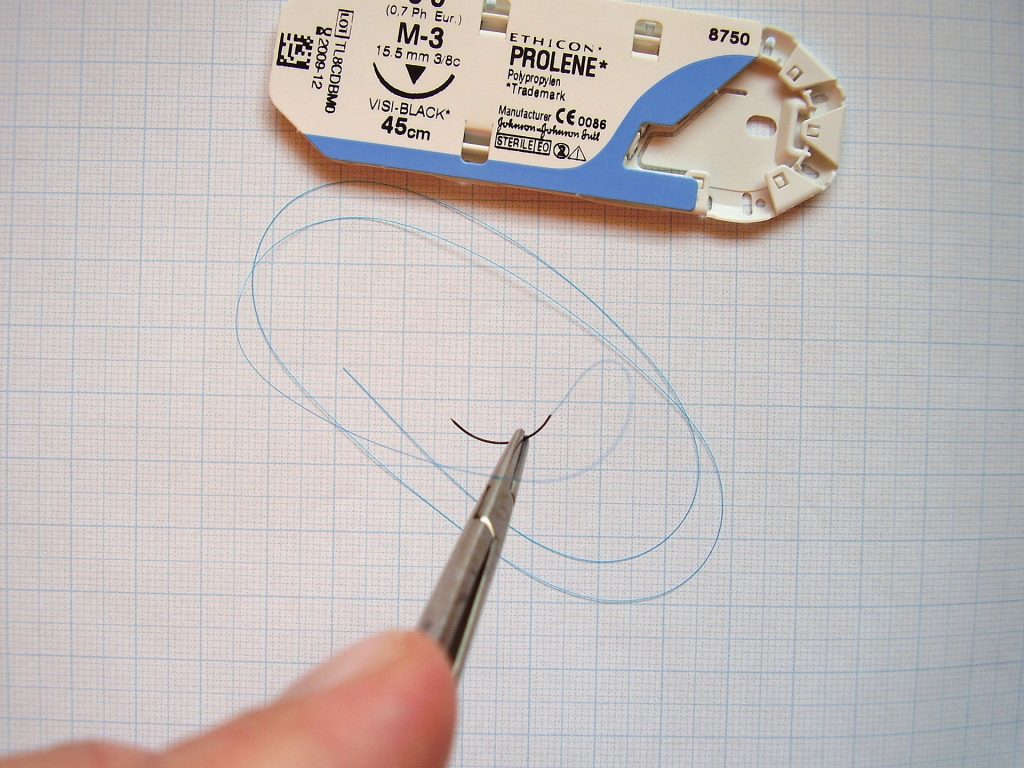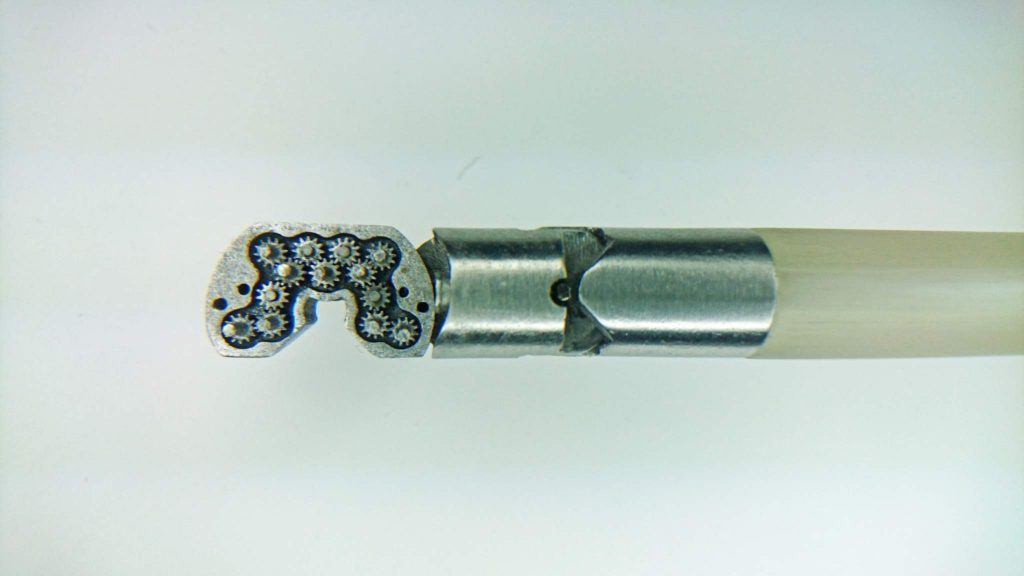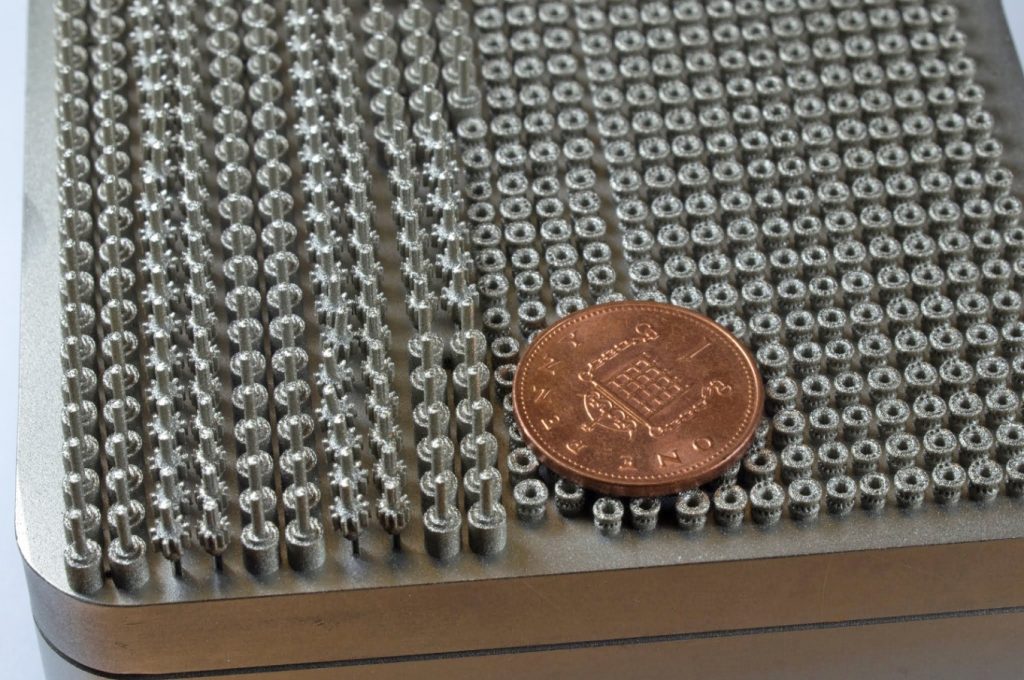Using Concept Laser Mlab cusing technology specialist developers at Sutrue, a cardiac device design company, have 3D printed a tool to be used in heart operations. The automated suturing device helps surgeons to stitch together tissue after an operation – a process that has remained largely unchanged since the 1st century BC.

Expedited recovery and quicker operations
The instrument works by feeding a typical “needle and thread” suture through a horse-shoe shaped arrangement of cogs. This horse-shoe shape is designed to fit through small incisions, to hold and stitch-togther delicate tissues found in the heart. The mechanism allows reproducible accuracy at a rate of up to three rotations of a needle per second, as opposed to one every 25 seconds by hand.

Richard Trimlett, a consultant in cardiology at the Royal Brompton Hospital in London, works with Suture on device development giving the point of view from the operating theatre. Speaking in an interview with Concept Laser, Trimlett says that patients typically take around 6 months to recover from “a conventional surgical intervention” but with the device “Initial experience indicates that patients undergo a demonstrably gentler procedure and can recover after just three to four weeks.”
600 parts in a single print
Additive manufacturing has been used to create the intricate gears inside the device. With the Mlab cusing machine, Sutrue developers were able to print up to 600 of the gears on a single build plate in Stainless steel 316L.

Alex Berry founder of Sutrue, outlines the disadvantages of manufacturing the gears using conventional methods, saying
In addition to the restrictions on geometry, conventionally milled or cast parts have a few other drawbacks. It takes a great deal of time to get to the finished prototype. In addition, the costs are very high.
After this, Berry goes on to say that “In 3D printing the parts are produced very quickly and at a fraction of the previous costs of prototyping,” adding,
…the potential for bionic designs, reproducibility, miniaturization and not least the reduction in the number of parts and outlay on assembly is also vast. If one looks at the full spectrum of optimizing manufacturing and product design coupled with an increase in functionality, 3D printing is capable of revolutionizing medical instruments.
3D printing in medicine
Another area of medicine actively adopting 3D metal printing technologies into the process is in the manufacturing of implants. At 3D Printing Industry the have taken a closer look at some of these devices, including lumbar support cages for the spine, and reconstructive plates for the face/skull.
Concept Laser’s machine are also used for a variety of other critical applications, including emphasis in the area of aerospace.
For more of the latest additive manufacturing news sign up to the 3D Printing Industry newsletter, follow us on Twitter and like us on Facebook.
Don’t forget to vote in the first annual 3D Printing Industry Awards.
Limited tickets for the 3D Printing Industry Awards are also now available here.
Featured image: Automated suturing device from Sutrue, with 3D printed internal gears by Concept Laser. Photo via Concept Laser



